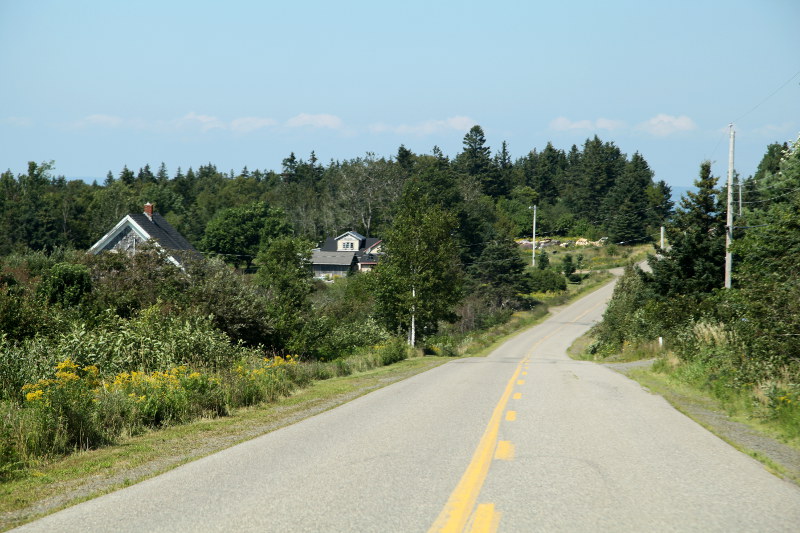The winding and dipping roads between Hall’s Harbour and Baxter’s Harbour pass through Gibson Woods, named after George Gibson (d. 1847), an Afro-Canadian man who purchased forty acres of land in 1804 for 40 pounds (£3575 now or $7300CAD). Some Nova Scotia genealogical records show that he may be the son of James and Patty Gibson, who came to Nova Scotia as Black Loyalists in 1783. Other records show that he came on his own. It’s difficult to work out the truth because historical records for Gibson Woods are sparse and confusing.
Black Loyalists were slaves who joined the British Army during the American Revolution as a way of gaining their freedom from slavery; some were already free men but the majority were still slaves when they enlisted. The British promised that when the war was over they would release the former slaves and treat them as Loyalists… the same as white soldiers fighting for the army.
At the end of the war, with the Treaty of Paris (1783), the United States was granted independence from Britain. As part of the deal, the U.S. asked the British to return all of their property, including slaves. The British refused and resettled Afro-American families in Nova Scotia with the other Loyalists who fought in the war. Each person received a certificate of freedom and was documented in the Book of Negroes. Some received land for their loyalty, most of which was in Birchtown.
From the Book of Negroes the Gibson family appears as follows: James Gibson, 23, stout fellow. Formerly the property of William Sparrow of Norfolk, Virginia; left him 2 years ago. Patty Gibson, 23, stout wench with 2 children 3 & 1 years old. Says she was born free at Norfolk, Virginia. There is no reference to a George Gibson in the Book of Negroes nor is there reference to him with the next wave of settlers who came to the area in 1812; but, by this time, George owned land.
The Gibson family was already established in Gibson Woods when other Afro-American families arrived from the United States after the War of 1812 and settled in Pine Woods (next to Gibson Woods). It seems that the second wave of settlers arrived to work as labourers on farms in the area. The names of these families still appear in the community: Jones, Beare, Landsey, Gray, Viner, Smith, Bell, Powell, and Higgins… along with Gibson.
All of this historical research comes about because I discovered the Gibson Woods Baptist Church (built-in 1902) on the way to the next harbour destination (Baxter’s Harbour) and I became curious.
